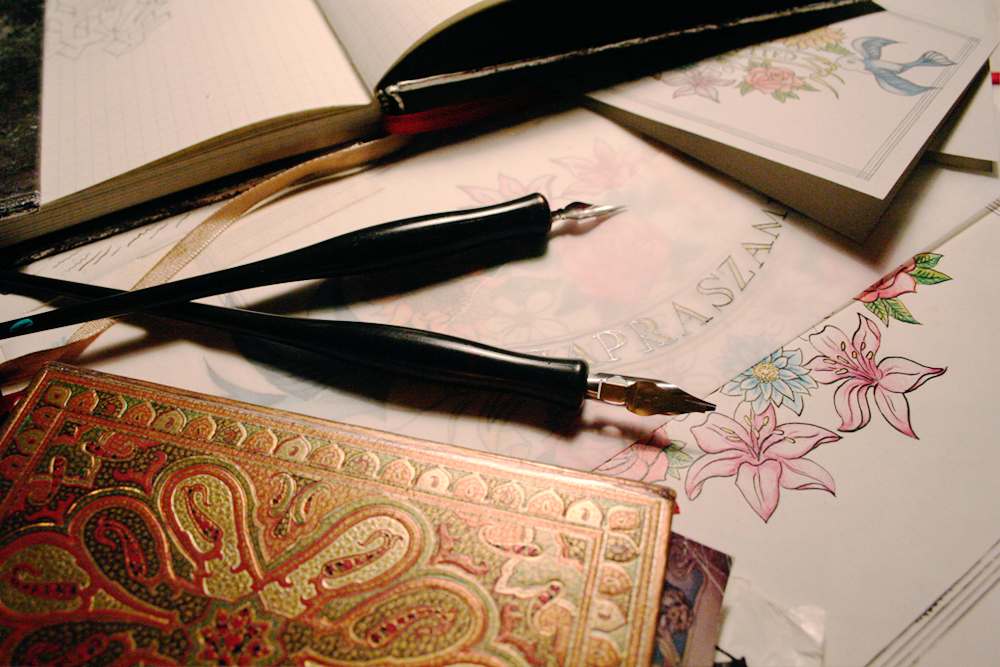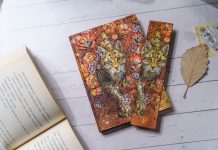Is there a difference between creating art and actually being an artist? Some would argue that anyone with a desire to create can be an artist, while others would likely find that an insult to the accomplished, hardworking artists who have turned a passion or hobby into their life’s work.
Assuming that we believe there is more to being an artist than dabbling in the visual arts now and again, what does it take to become one? Is it when you quit your day job to focus on your art, or is it something that you must be born with? While there is no one formula for what makes a successful artist, there certainly are a few common traits that tend to be shared by the creative elite.
1) They Plan Ahead
Whether sketching out your next project or developing your business plan, it’s important to have a clear goal in sight. Creating art for art’s sake is a beautiful endeavour, but if you don’t have a plan in place for how you will share your work with the world, you’re unlikely to move into the realm of “successful” artist.
2) They’re Passionate
If you don’t care about your art, nobody else will either. If creating feels like a burden, it’s unlikely that you’re going to come up with something that truly speaks to other people. It’s hard to sustain passion over a lifetime, but maintaining that fire is key to sustainable success.
3) They’re Strong-Willed
Any time you work in a field without clear right or wrong answers, you’re going to receive pushback on your results. Art is one of the most subjective realms in society, so it’s unlikely you’re ever going to receive universal acclaim on your project. All you can do is keep your head up, believe in yourself, keep pushing ahead (again, focus on that goal) and continue to be resilient in the face of criticism and setbacks. Committing to your own personal aesthetic, while difficult to do if you’re being told to change, will ultimately win you respect.
4) They Know When To Adapt
Yes, developing and sticking to your unique style will give your art an edge in terms of recognisability and give your name power as belonging to someone with a clear voice and vision. However, this doesn’t mean the art you create at age twenty should be the same art you create forty years later. Adapting with the times, the trends and your new life situations are important parts of growing as an artist, allowing yourself to maintain relevance in a changing artistic landscape. The key here is to hold on to your unique style throughout these personal evolutions.
5) They’re Good at Time-Management
Spending your whole life working on one project will not make for a successful art career. Keeping your projects on track (especially if they’ve been commissioned and are expected to meet a deadline) is an important part of earning a reputation as a reliable artist. Once you have a few well-received pieces under your belt, it’s easier to drag things out as you play around with new styles or mediums.
So what if you don’t fall into any of these personality categories? Have no fear… A major part of being an artist is being creative, so if you can define your own artistic persona, then you’re already well on your way to making your mark on the art world!
About Paperblanks®: At Paperblanks®, we believe that art should have a place in all aspects of life. That’s why we follow the artist’s way in everything we do – creating, crafting and releasing designs we believe have the power to touch people. For more about Paperblanks®, go to our website at paperblanks.com.






